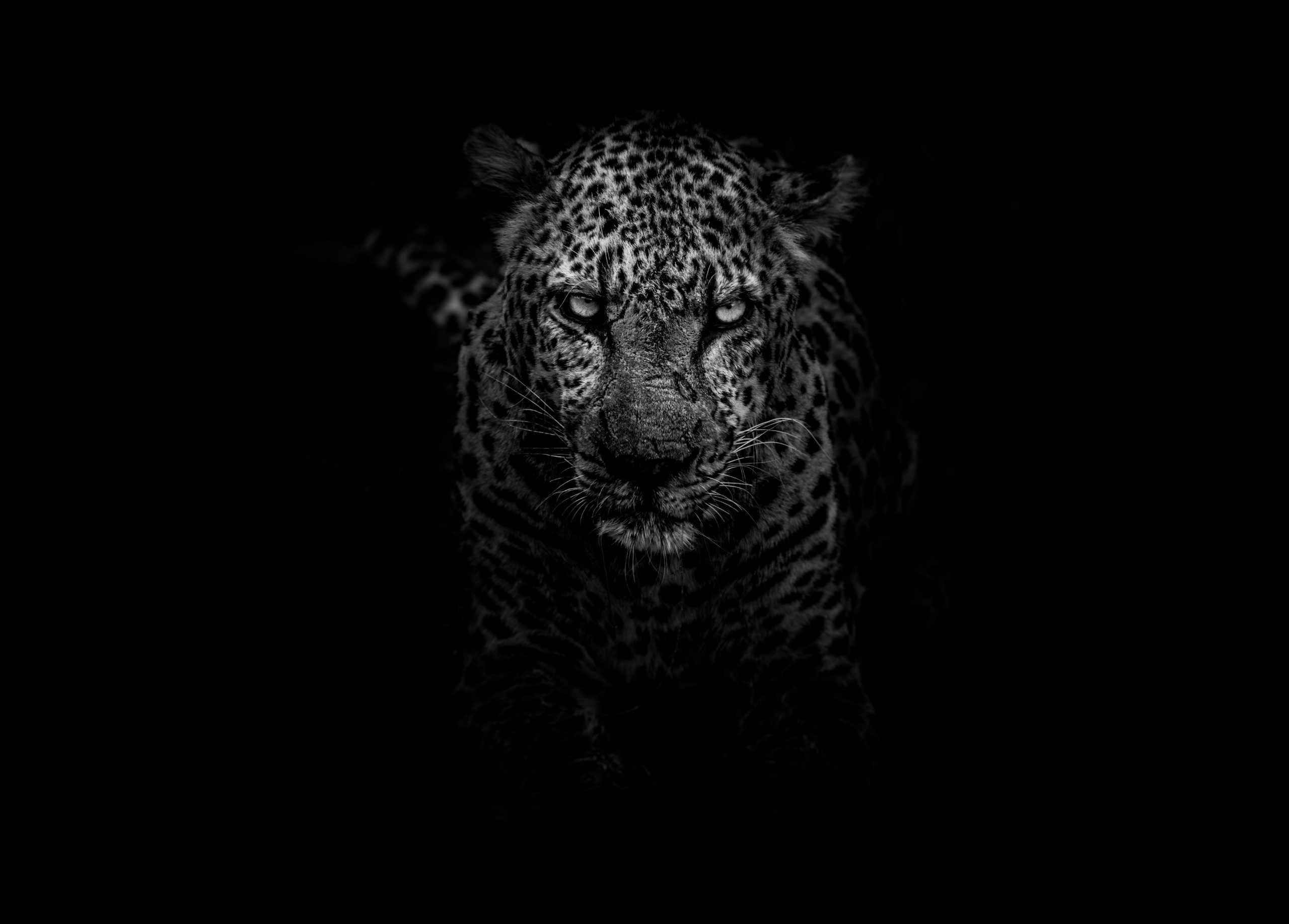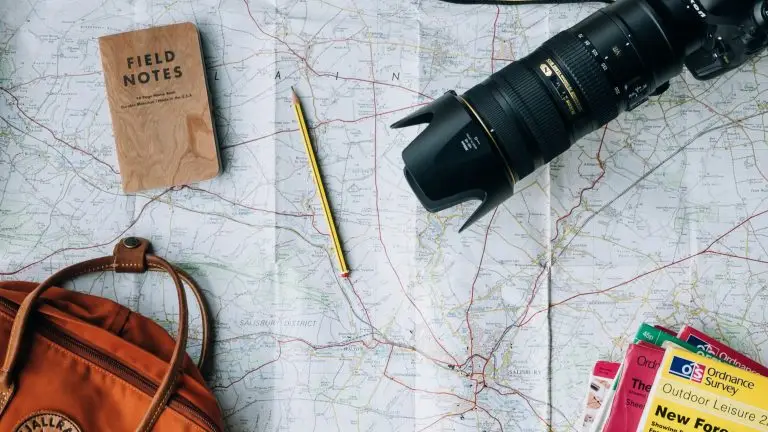
How To Know Fantastic Peruvian Food with Rosario Olivas Weston
Rosario Olivas Weston is a famous Peruvian author, sommelier, food expert, and professor. She has written 11 books about Peruvian cuisine, won the Spanish National
Peru is a country located in western South America, bordered by Ecuador, Colombia, Brazil, Bolivia, Chile, and the Pacific Ocean. With a population of over 33 million people, it is the third-largest country in South America. The capital of Peru is Lima, and its official languages are Spanish and Quechua. Peru is a country rich in history and culture, with a long and fascinating indigenous past that includes the Inca Empire. Peru is home to many impressive archaeological sites, including the iconic Machu Picchu, and the country has a vibrant cultural heritage that encompasses music, dance, and cuisine. Peru’s diverse geography ranges from the Andes mountains to the Amazon rainforest, and the country is known for its natural beauty and biodiversity. The economy of Peru is one of the fastest-growing in Latin America, with a strong focus on mining, agriculture, and tourism.
“Un mundo para Julius” (A World for Julius) is a novel by Peruvian author Alfredo Bryce Echenique, first published in 1970. The book tells the story of Julius, a young boy born into a wealthy family in Lima, Peru, in the 1950s. Through Julius’s eyes, the novel portrays the privileged lifestyle of Lima’s upper class and the contrast with the poverty and social inequality that surrounded them. Julius’s experiences shape his worldview, causing him to question the values and expectations of the society he was born into. The novel is both a coming-of-age story and a social commentary on class and race in Peru.
“La ciudad y los perros” (The Time of the Hero) is a novel by Peruvian author Mario Vargas Llosa, first published in 1963. The book is set in a military school in Lima, Peru, and explores the harsh and violent world of the cadets who attend the school. The story follows several characters as they navigate the strict hierarchy and brutal rituals of the school, including a group of cadets who plot a theft and the consequences that follow. The novel is known for its vivid portrayal of the harsh realities of military life and the corrupt power structures that exist within it. It is also considered a seminal work of the Latin American literary boom of the 1960s and established Vargas Llosa as a major voice in contemporary literature.
“Pantaleón y las Visitadoras” (Captain Pantoja and the Special Service) is a novel by Peruvian author Mario Vargas Llosa, first published in 1973. The book tells the story of Captain Pantaleón Pantoja, a Peruvian army officer who is assigned to establish a prostitution service for the troops stationed in the Amazonian jungle. Pantaleón is a disciplined and obedient officer who takes on the task with great seriousness, but soon finds himself entangled in a web of political intrigue and personal complications. The novel is a satirical commentary on the Peruvian military and the government’s involvement in its affairs, as well as a humorous exploration of the complexities of human desire and relationships. It is considered one of Vargas Llosa’s most entertaining and accessible works
“No se lo digas a nadie” (Don’t Tell Anyone) is a novel by Spanish author Jaime Bayly, first published in 1994. The book tells the story of Joaquín, a young man from a wealthy Peruvian family who discovers he is HIV positive. Fearing rejection from his family and society, he decides to keep his diagnosis a secret and begins living a double life. As he struggles to come to terms with his illness and his own identity, he becomes involved in a passionate love affair with a woman named Luciana. However, their relationship is complicated by Joaquín’s fear of intimacy and the secrets he is keeping. The novel is a powerful exploration of love, identity, and the impact of societal expectations on individual lives. It has been praised for its frank portrayal of homosexuality and the stigma surrounding HIV/AIDS.
“The Feast of the Goat” is a novel by Peruvian author Mario Vargas Llosa, first published in 2000. The book tells the story of the final days of the dictatorship of Rafael Trujillo, who ruled the Dominican Republic from 1930 until his assassination in 1961. The novel weaves together the stories of several characters, including Urania Cabral, a successful lawyer who returns to the Dominican Republic after many years living in the United States; Joaquín Balaguer, a politician who served as Trujillo’s right-hand man; and Trujillo himself, whose grip on power becomes increasingly tenuous as he ages. Through these characters, Vargas Llosa explores the brutal violence and corruption of Trujillo’s regime, as well as the lasting psychological impact it had on the people of the Dominican Republic. The novel has been praised for its complex portrayal of power, politics, and memory, and is considered one of Vargas Llosa’s most important works.
“La Ciudad y Los Perros” is a 1985 Peruvian film directed by Francisco J. Lombardi, based on the novel of the same name by Mario Vargas Llosa. The movie is set in a military school in Lima, Peru, where a group of cadets experience the brutality and corruption of their superiors. The story follows the lives of four cadets as they navigate the harsh and unforgiving environment of the school, where they are forced to confront their own fears and desires. The film is known for its powerful portrayal of the complex social and political issues of Peru in the 1950s.
“No se lo digas a nadie” is a 1998 Spanish-language film directed by Francisco J. Lombardi, based on the novel of the same name by Jaime Bayly. The movie tells the story of Joaquín, a successful young lawyer who is living a double life as a gay man. After being brutally attacked and left for dead, Joaquín struggles to come to terms with his sexuality and the consequences of his secret life. As he tries to rebuild his life, he becomes embroiled in a dangerous game of blackmail and deception that threatens to destroy everything he has worked for. The film deals with themes of identity, sexuality, and the complexities of human relationships.
“Pantaleón y las Visitadoras” is a 1999 Peruvian comedy film directed by Francisco Lombardi and based on the novel of the same name by Mario Vargas Llosa. The film follows Pantaleón Pantoja, an army captain tasked with setting up a brothel for the soldiers stationed in the jungle. Pantaleón hires a group of prostitutes and trains them to become “visitadoras,” or sexual service providers, but his plan encounters various obstacles and complications. The film satirizes the military bureaucracy and societal norms in Peru at the time.
“No me digas solterona” is a 2018 Peruvian romantic comedy film directed by Ani Alva Helfer. The movie follows the story of a successful 35-year-old advertising executive named Pilar, who after her boyfriend breaks up with her, starts to reconsider her life choices and societal expectations surrounding women and marriage. Pilar sets out on a journey of self-discovery and self-love, challenging the notion that a woman’s worth is defined by her relationship status. The film stars Patricia Barreto as Pilar and features a talented cast of Peruvian actors.
Asu Mare is a 2013 Peruvian comedy film based on the life of the comedian Carlos Alcántara. The movie follows the story of Carlos as a young boy growing up in a poor neighborhood in Lima, his relationship with his mother, and his dream of becoming a successful comedian. The film is a heartwarming and humorous portrayal of the struggles and triumphs of a young man pursuing his dreams against all odds.
Peruvian music is a rich and diverse mix of indigenous, Spanish, and African influences. Traditional Peruvian music includes the haunting sounds of the pan flute and the charango, a small stringed instrument made from the shell of an armadillo. Other traditional instruments include the cajon, a box-shaped percussion instrument, and the quena, a type of flute. Peruvian music is also known for its lively and colorful dances, such as the Marinera and the Huayno. In addition to traditional music, Peru has a thriving contemporary music scene that includes rock, pop, and hip-hop. Peruvian musicians have achieved international recognition, with artists such as Yma Sumac and Susana Baca being among the most famous.

Rosario Olivas Weston is a famous Peruvian author, sommelier, food expert, and professor. She has written 11 books about Peruvian cuisine, won the Spanish National

Arkan Lushwala is an Andean ceremonial leader from Peru. He speaks and writes about indigenous ways of restoring the world with a leadership style that is humble

In 2014, I moved to Barcelona for an Erasmus exchange and decided to pick up Spanish. I always wanted to learn another language, and this

